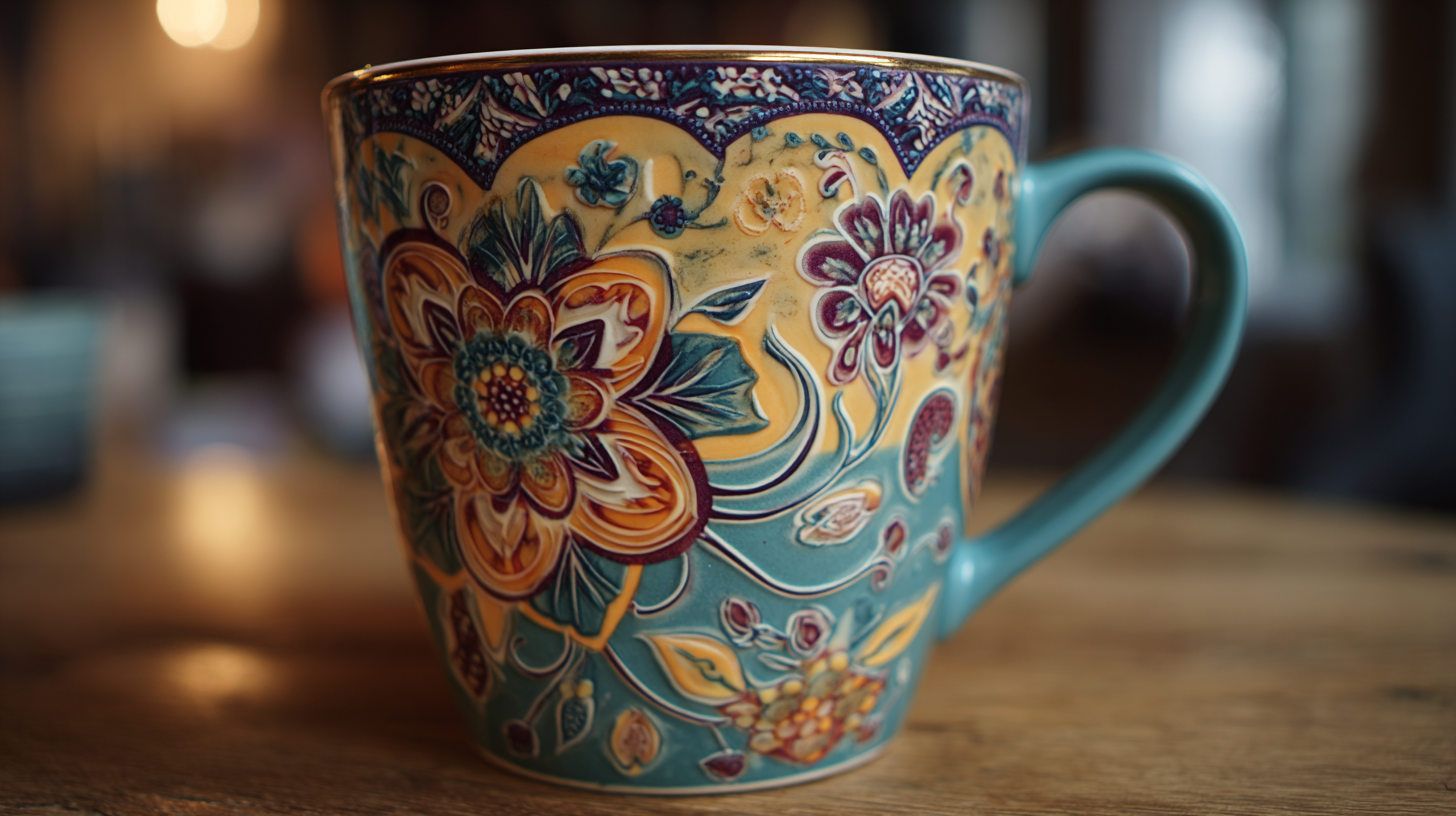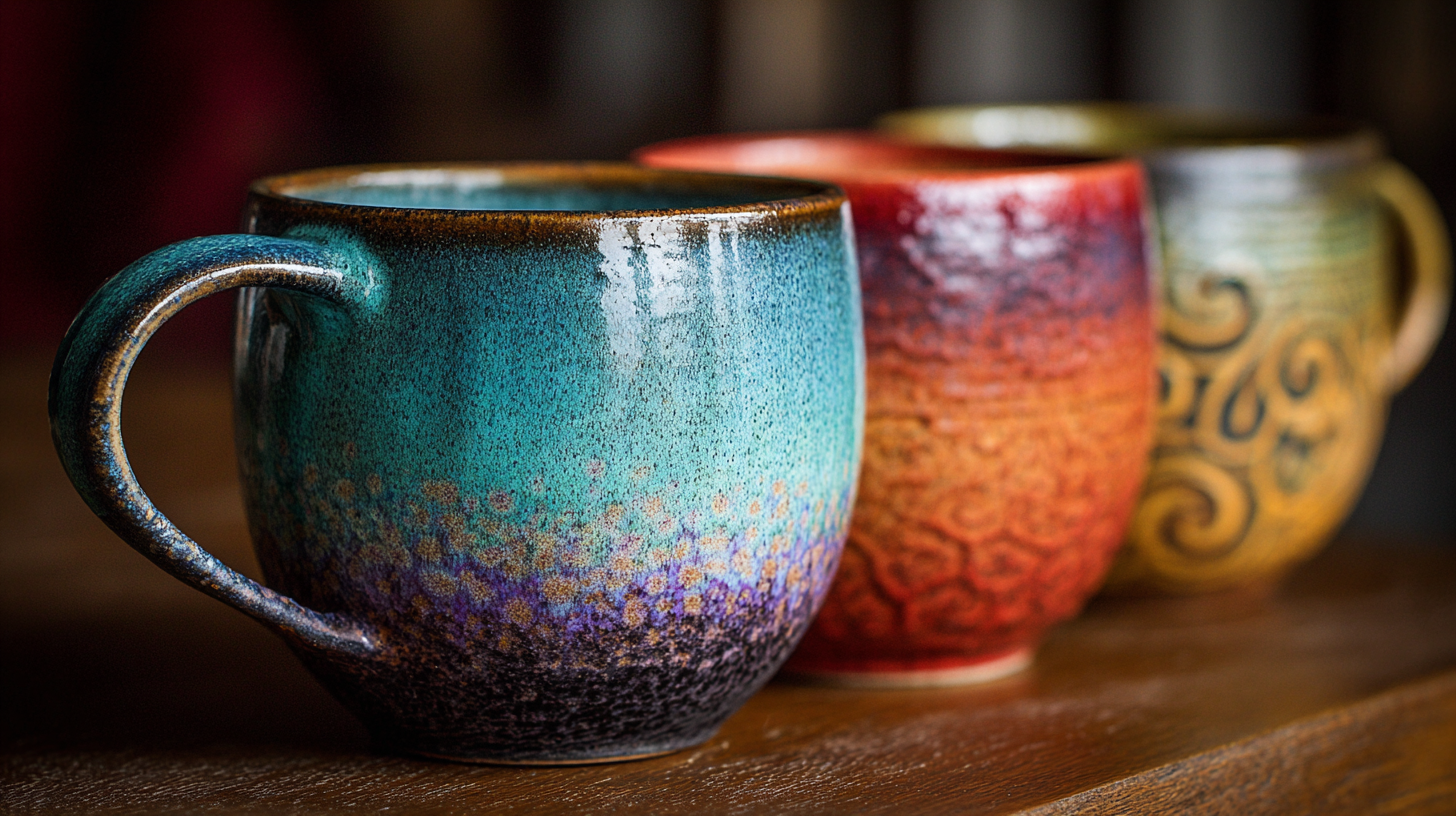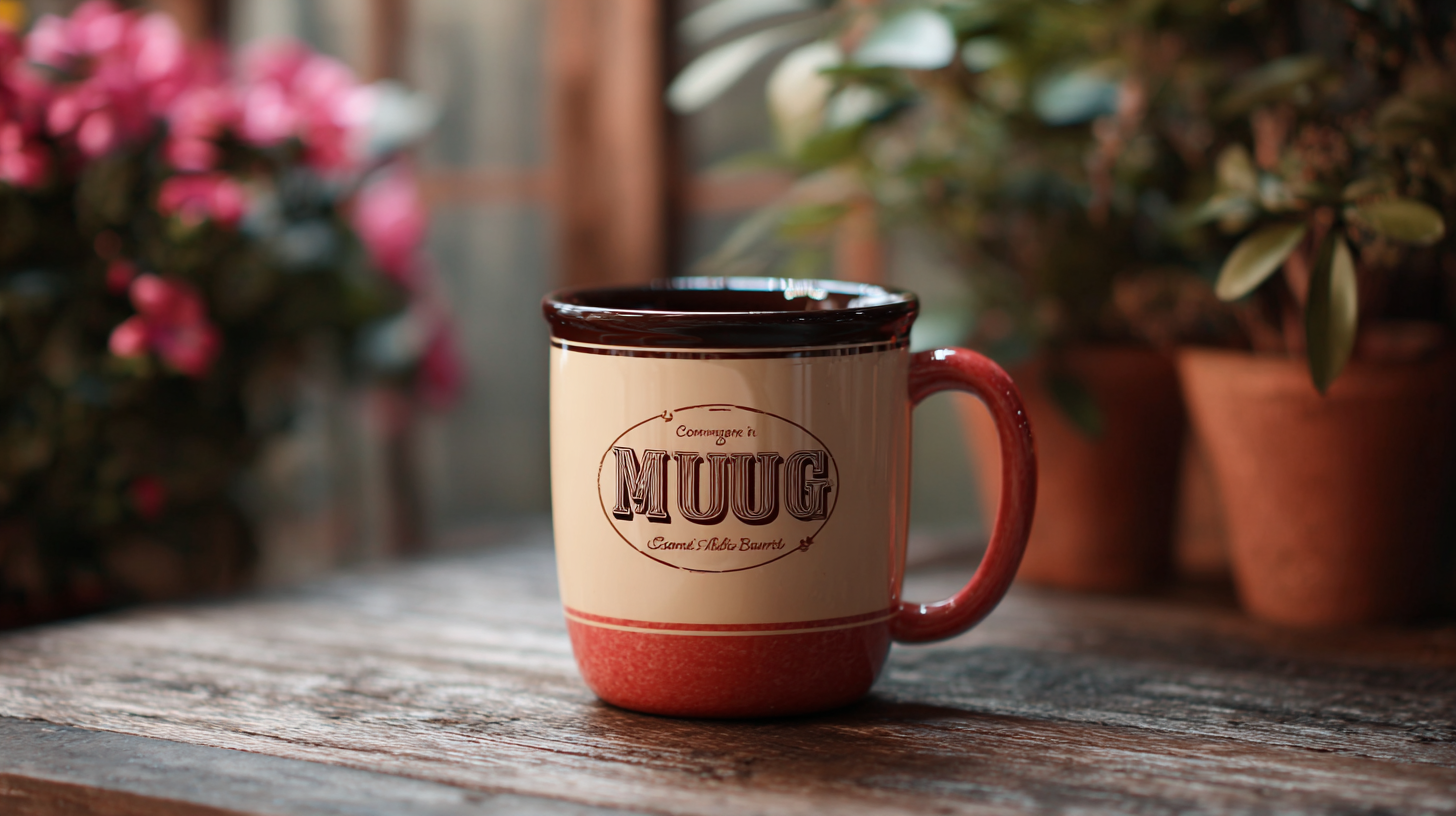

Choosing the right ceramic mug is crucial for global buyers seeking quality and functionality. Ceramic mugs remain one of the most popular beverage containers, with the global ceramic mugs market projected to reach $2.3 billion by 2025, growing at a compound annual growth rate (CAGR) of 4.5% from 2020. This growth is driven by increasing consumer demand for durability, aesthetic appeal, and eco-friendliness in their drinkware choices. Additionally, the versatility of ceramic mugs makes them suitable for diverse applications, from cafes and restaurants to home use and promotional gifts.

However, as buyers navigate this market, they often encounter common issues such as variations in quality, designs that do not meet functional needs, and price discrepancies that can affect purchase decisions. Understanding these challenges is key to making informed choices that align with industry standards and consumer expectations in the competitive landscape of ceramic mugs.
When exploring the diverse applications of ceramic mugs within the global market, it’s essential to recognize their multifaceted roles beyond just serving as beverage containers. Ceramic mugs have found a place in various settings ranging from casual dining experiences to corporate gifting and promotional merchandise. Their aesthetic appeal, customizability, and ability to retain heat make them a preferred choice for consumers worldwide. This versatility means that ceramic mugs are not only practical but also serve as a canvas for personal expression and brand marketing.
In recent years, the growth of the ceramic mug market has been notable, paralleling the broader trends in consumer goods. As global buyers seek unique and functional products, ceramics offer an ideal blend of artistry and utility. From personalized mugs for special occasions to bulk orders for businesses, the demand for high-quality ceramic options continues to rise. This expansion indicates a more significant shift towards environmentally sustainable products, as ceramics are often seen as more eco-friendly compared to disposable alternatives, appealing to the conscious consumer in various parts of the world.
When selecting high-quality ceramic mugs, global buyers should consider several key factors that can significantly impact their purchasing decision. First and foremost, the durability of the ceramic material is crucial. High-quality ceramics should be robust enough to withstand everyday use without chipping or cracking. Additionally, mugs that are microwave and dishwasher safe offer added convenience and enhance their usability in busy lifestyles, making them more appealing to potential buyers.
Another important aspect to consider is the design and aesthetic appeal of the mug. Global buyers are likely to seek unique designs that reflect cultural preferences or trends. The color, shape, and overall style should resonate with target markets, as these elements can influence a consumer's choice. It’s also vital to check for any harmful materials or finishes, ensuring that the product adheres to health and safety standards. By focusing on these key factors, buyers can make informed decisions that align with their customers’ expectations and market demand.
When choosing the best ceramic mug, global buyers often overlook common manufacturing defects that can significantly impact the mug's performance. One prevalent issue is uneven glazing, which can lead to a porous surface that absorbs liquids and stains more easily. This not only affects the mug's aesthetic appeal but also its functionality, as it can harbor bacteria and odors over time. Buyers should carefully inspect the glaze finish, ensuring it is smooth and consistent to achieve optimal durability.
Another common defect is the presence of cracks or chips, which can compromise the structural integrity of the mug. These flaws may occur during the firing process or as a result of inadequate material quality. A chipped mug not only poses safety risks, as sharp edges can cause injuries, but also detracts from the overall user experience. For discerning buyers, it's essential to review the manufacturer’s quality control processes and opt for products that have undergone rigorous testing to minimize such issues. Recognizing these common defects can help consumers make informed purchases and enjoy their ceramic mugs for a longer time.

When selecting a ceramic mug, understanding safety standards and certifications is crucial, especially for global buyers. Many countries have their own regulations governing the safety of ceramic products, particularly concerning lead and cadmium content. Buyers should look for certifications such as the FDA approval in the United States or the EU’s EN 1388 standard, which ensures that the ceramic materials are safe for food and drink contact. This can help mitigate the risk of harmful substances leaching into beverages, ensuring consumer safety.

Additionally, the manufacturing process plays a significant role in determining a mug’s safety. It is vital to inquire about the production practices of suppliers and whether they adhere to international safety guidelines. Mugs should undergo rigorous testing for durability and resistance to breaking or chipping. Certifications like ISO 9001 can indicate a commitment to quality management systems within the manufacturing process. By prioritizing these safety standards and certifications, global buyers can make informed purchasing decisions and ensure that the ceramic mugs meet safety and quality expectations.
When choosing a ceramic mug, global buyers often encounter several common issues that can lead to dissatisfaction. One prevalent complaint is about the durability of the ceramic material. Buyers might find that certain mugs easily crack or chip, which can be frustrating. To mitigate this, it's crucial to select mugs that are specifically labeled as chip-resistant. Additionally, those made from high-quality stoneware tend to withstand daily use better than standard ceramics.
Another concern is the temperature retention of ceramic mugs. Many consumers desire mugs that keep their beverages hot or cold for extended periods. For this, look for double-walled ceramic mugs that provide better insulation. This simple yet effective feature can significantly enhance the drinking experience while preventing the outer surface from becoming too hot to handle.
Lastly, buyers often struggle with the design and functionality of ceramic mugs, such as size and weight. Opting for a mug that fits comfortably in your hand and has a design that suits your lifestyle can make a huge difference. Consider trying out the mug in-store when possible, ensuring it feels right before purchasing.
